4 Stretching Habits That Are Destroying Your Body After 50—and What to Do Instead
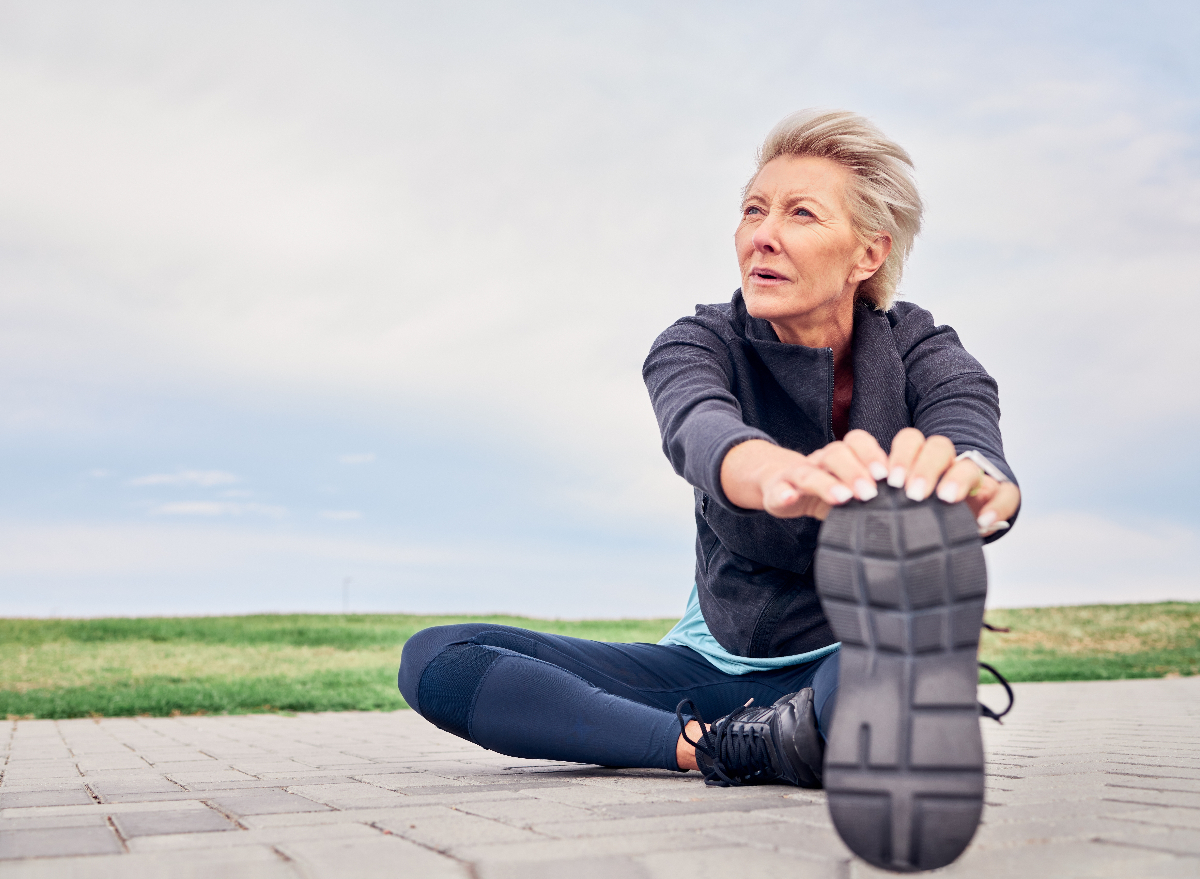
You wake up feeling stiff, your joints creak a little more than they used to, and that morning stretch just isn't giving you the relief it once did. If this sounds familiar, there's a science-backed way to fix it. Austin Martinez, MS, CSCS, ATC, VP of Education for StretchLab, brings unique insights from his decade-plus career in athletic training. "I have been a certified athletic trainer for over a decade. My focus early on in my career was around injury prevention and rehabilitation in the collegiate and professional sports setting," Martinez explains. "Working in these settings helped me realize the gap that exists in high quality treatment and training for the general population. This is what began to spark my curiosity in working with an older population."
What Is Happening to Your Body
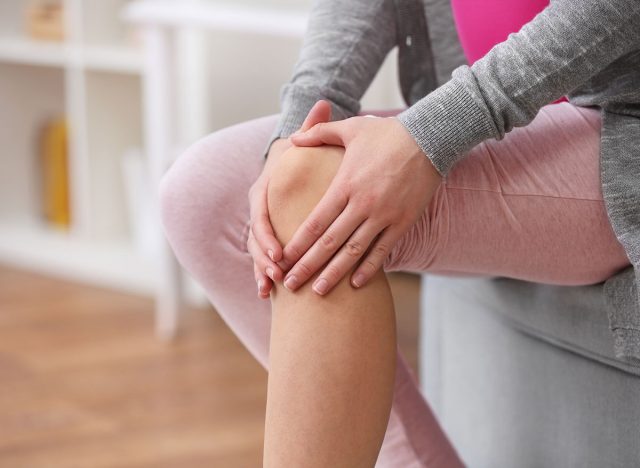
Before addressing common mistakes, it's crucial to understand why proper stretching becomes more important with age. "Age-related changes that occur during this timeframe are specific to the muscle fibers and joints," Martinez explains. "A decline in muscle mass, strength, and function—called sarcopenia—is at the heart of this." He notes that our muscle fibers lose their elastic properties and become more rigid, while muscle fiber types shift from power-producing fast-twitch to slower-twitch varieties. These changes directly impact how we should approach stretching after 50.
Inadequate Stretch Duration
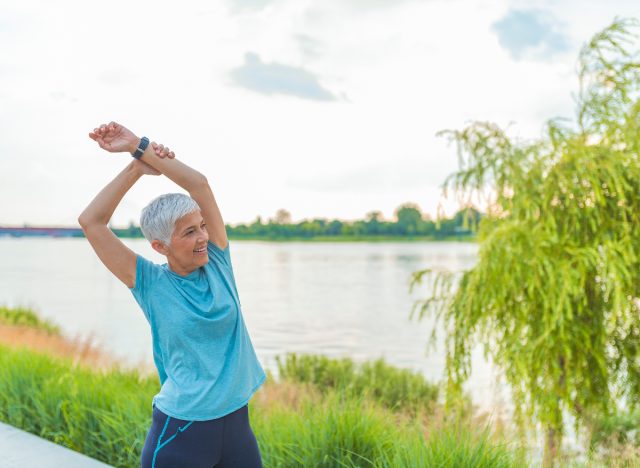
The most destructive habit is not holding stretches long enough for them to be effective. "The research tells us that we need to hold a stretch for a minimum of 30 seconds to experience the most effective results," Martinez emphasizes. This timing isn't arbitrary—it's based on how your muscles respond to stretching as you age. "Stretching for not enough time is harmful to your future results as you will likely not achieve them," he warns. However, going too far in the other direction can be equally problematic: "Holding a stretch for too long (say 2 plus minutes), especially when you are beginning your stretching routine, you could place undue strain on your muscles that could lead to pain or future injury." The solution? "Between 30 seconds and a minute is the sweet spot for holding a stretch," Martinez advises.
Poor Stretching Form
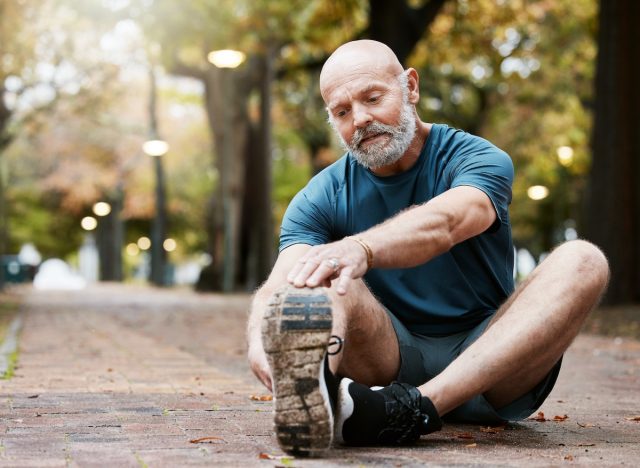
With age-related muscle changes, proper technique becomes even more critical. "This issue can lead to stretching muscles that you are not trying to target," Martinez warns. Poor form not only reduces the effectiveness of your stretching routine but can also reinforce mobility problems that naturally occur with aging. Recent research supports this: a 2020 study in The Journal of Physiology found that proper stretching technique can improve blood flow and reduce muscle stiffness, but only when performed correctly.
The Breathing Mistake
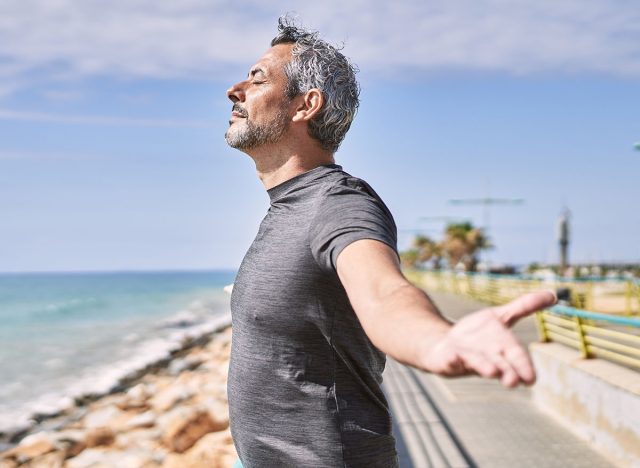
As muscles become more rigid with age, proper breathing becomes crucial for effective stretching. "Deep diaphragmatic breathing is key to relaxing the muscles while stretching, allowing for a deeper stretch," Martinez emphasizes. This is particularly important because tense, rigid muscles—common in aging bodies—require both physical and mental relaxation to stretch effectively. The American College of Sports Medicine recommends coordinating your breathing with your stretches, noting that proper breathing technique can enhance flexibility gains.
Inconsistent Practice
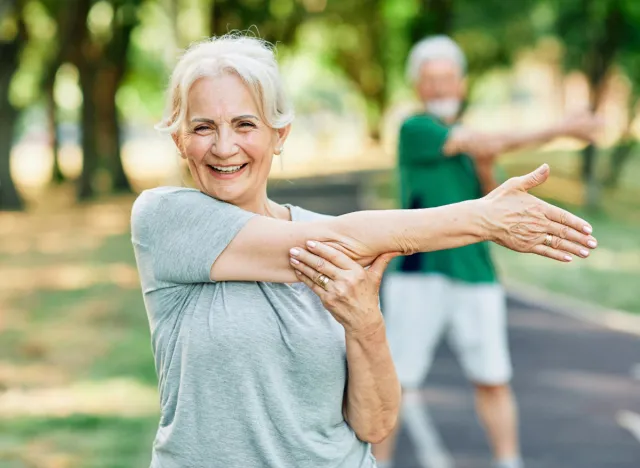
Perhaps the most underestimated mistake is approaching stretching as a casual, occasional activity. "Just like exercise, one bout of stretching is not going to make long-term changes. Rather it is the compounding effect of consistent stretching that will make a difference," Martinez explains. This becomes especially important after 50, when muscle elasticity naturally decreases. The American College of Sports Medicine recommends stretching at least two to three times a week, though daily stretching provides optimal benefits for maintaining flexibility and reducing age-related stiffness.
Building a Better Stretching Routine
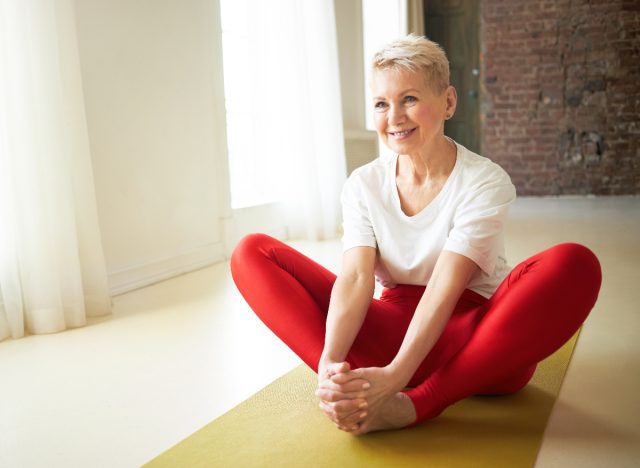
Martinez offers practical advice for getting started: "Start simply by either setting a goal to stretch before or after bed. As you become more consistent, consider investing in accountability via an assisted stretch where you can begin to stretch longer and achieve better results than you could on your own." This approach directly addresses the age-related changes in muscle elasticity and joint mobility while building sustainable habits.
What a Daily Stretching Habit Does to Your Body After 50
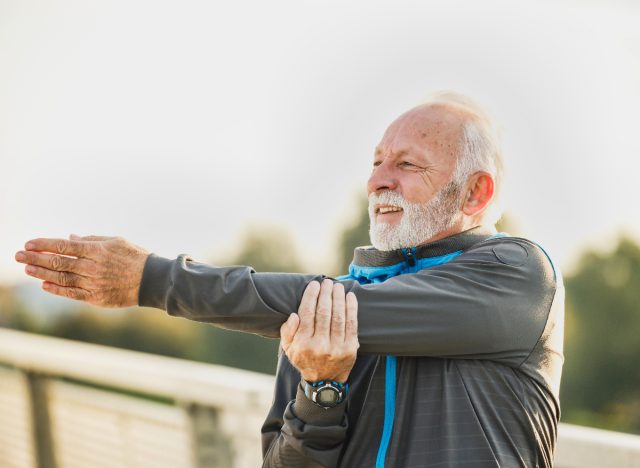
The importance of proper stretching techniques is backed by science. Additional research has shown that regular, proper stretching can improve circulation—particularly important as we age. As noted by NASM-certified personal trainer Caitlin Ghosio, "Stretching is reducing the risk of injury, first and foremost, because the tighter you are, the more likely you are to get injured." This becomes increasingly important after 50, when natural changes in muscle composition can increase injury risk.
While these changes in flexibility and muscle composition are natural parts of aging, they're not unchangeable. With proper technique, consistent practice, and attention to form and breathing, you can maintain and even improve your flexibility after 50. "Starting a stretching routine can make a difference in the quality of how you age," Martinez concludes. By avoiding these four destructive habits and following expert guidance, you can create an effective stretching routine that supports your body's needs as you age. And if you enjoyed this article, don't miss these 100 Unhealthiest Foods on the Planet.









